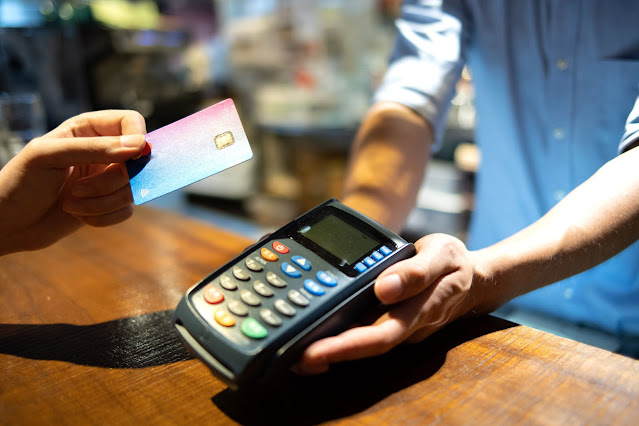The Rise of Contactless Payment: A Game Changer for Credit Cards
In recent years, the financial landscape has witnessed a remarkable transformation with the rise of contactless payment systems, heralding a new era for credit cards. This technology has emerged as a game changer, revolutionizing the way we make transactions and reshaping the entire payment industry. Contactless payment enables users to complete transactions swiftly and securely, without the need for physical contact or the inconvenience of swiping or inserting cards. With a simple tap or wave, credit cardholders can effortlessly make purchases, bringing unparalleled convenience and efficiency to everyday transactions. This introduction of contactless payment marks a significant milestone in the evolution of credit cards, promising a seamless and enhanced payment experience for consumers while also redefining the future of retail, commerce, and financial services as a whole.
Key points that highlight the transformative impact of contactless payment on credit cards:
Enhanced Convenience:
Contactless payment offers unparalleled convenience to credit card users. With a simple tap or wave of their card or mobile device, consumers can complete transactions swiftly and effortlessly. This eliminates the need to carry physical cash or search for the right card in a wallet, streamlining the payment process and saving valuable time for both customers and merchants.
Speed and Efficiency:
Contactless payment significantly speeds up transaction times. Unlike traditional payment methods that require swiping or inserting a card, contactless payments can be processed in a matter of seconds. This efficiency is particularly beneficial in high-volume environments such as retail stores, restaurants, and public transportation, where quick and seamless transactions are crucial.
Enhanced Security:
Contactless payment methods are designed with advanced security features that protect consumers against fraud and unauthorized transactions. These technologies utilize encryption and tokenization to ensure that sensitive cardholder data is securely transmitted and stored. Additionally, contactless payment methods often require authentication through biometrics or PIN entry, adding an extra layer of security.
Adoption and Integration:
Contactless payment has gained significant traction globally. Major credit card issuers, financial institutions, and merchants have widely embraced this technology and integrated contactless payment capabilities into their systems. As a result, contactless payment acceptance is now widespread, making it easier for consumers to utilize this technology in various retail environments.
Changing Consumer Behavior:
The rise of contactless payment has influenced consumer behavior and expectations. As more individuals experience the convenience and efficiency of contactless transactions, they are increasingly favoring this method over traditional payment options. This shift in consumer preference has prompted merchants to adapt by upgrading their payment terminals to accept contactless payments, further fueling the adoption of this technology.
Impact on Retail and Commerce:
Contactless payment has had a profound impact on the retail and commerce sectors. It enables merchants to process payments faster, reduce queuing times, and enhance overall customer satisfaction. Moreover, contactless payment facilitates seamless and frictionless transactions, promoting impulse buying and increasing sales opportunities. As a result, businesses that accept contactless payments often experience improved customer loyalty and increased revenue.
Future Potential and Innovation:
The rise of contactless payment is not slowing down; rather, it continues to evolve and expand. The integration of contactless technology into wearable devices, such as smartwatches and fitness trackers, further enhances the convenience and accessibility of contactless payments. Moreover, the emergence of mobile wallets and digital payment platforms has extended the reach of contactless payments beyond physical cards, opening up new possibilities for seamless, secure, and flexible transactions.
Bottom line:
In conclusion, the rise of contactless payment has proven to be a game changer for credit cards, fundamentally transforming the way we engage in financial transactions. The convenience, speed, and security offered by contactless payment methods have revolutionized the payment industry, making traditional payment methods seem outdated and cumbersome. With a simple tap or wave, consumers can swiftly and securely make purchases, eliminating the need for physical contact or the hassle of traditional payment processes. This technological advancement not only enhances the overall payment experience for credit cardholders but also opens up new possibilities for retail, commerce, and financial services. As contactless payment continues to gain momentum, we can expect further innovation and integration of this technology, further solidifying its position as the future of payment systems. The era of contactless payment has arrived, and it is reshaping the landscape of credit cards and the way we interact with money.



.jpg)
Comments
Post a Comment